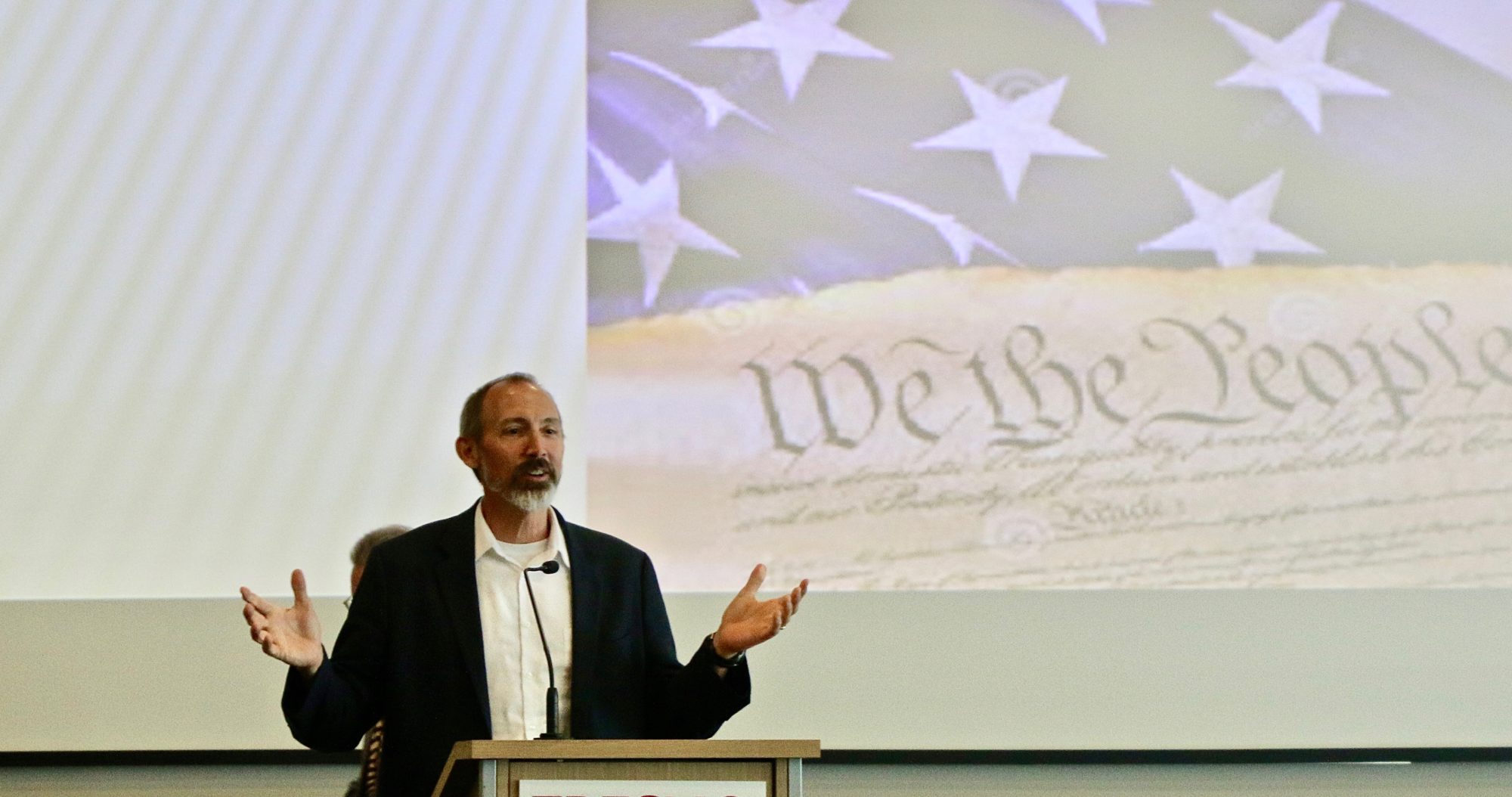Recent violence raises questions about men
Andrew Fiala
Fresno Bee, 2012-12-29
The Newtown gunman killed his own mother before opening fire at Sandy Hook elementary school. Another gunman, near Rochester, N.Y., killed firefighters who responded to a fire he had set. He had previously killed his grandmother and most likely began his rampage by killing his sister. In both cases the gunmen killed themselves.
These stories have an obvious gender component. Mass murderers are almost always men. According to Mother Jones magazine, of the 62 mass murders committed since 1982, only one was done by a woman. The rest of the shooters were men.
It might be that mental illness has a gender component. But why do mentally ill men shoot their mothers and random strangers, while mentally ill women do not? Mental illness manifests itself in culturally specific and gender specific ways. Killing, brutality, and suicide are associated with masculinity.
Men are, in general, about 10 times more likely to commit murder than women. Suicide also has a gender component, with a ratio of four male suicides for every female suicide. We might also note that domestic violence is gendered, with incest, partner rape, battery, and honor killing usually perpetrated by men.
Some might blame biology. The “demonic male” thesis popularized by Richard Wrangham and Dale Peterson holds that male violence is a common trait among male dominant apes such as humans and chimpanzees. According to this idea, male dominance is a useful tool for social organization, even though it results in occasional atrocity.
But biology and evolution only explain so much. Culture also matters. Brutality, toughness, and fearlessness are deeply woven into cultural images of masculinity. We celebrate mean and ruthless men — on the sports field, in films, and in our military mythology.
The NRA’s Wayne LaPierre appeared to blame cultural images of violence in his remarks earlier this month. He deflected criticism of guns and called for armed guards in schools. He also blamed violent video games. Most interesting was his description of violent video games as pornography. He said, “Isn’t fantasizing about killing people to get your kicks really the filthiest form of pornography?”
The porn connection points toward the gender issue. American men grow up in a culture in which sex and violence have become vicarious events. It is easy to watch people have sex and to watch people kill. What kind of affect does this have on our relationships and our ideas about morality?
The larger problem is one of dehumanization. Pornography turns women into two-dimensional images to be observed and consumed. And violent games and movies turn killing into a thrilling spectator sport. The consumer is able to view other people as objects to be used, without consideration for the experience of the other person.
This problem of dehumanization may explain the connection between mass murder and suicide. The philosopher Immanuel Kant noted two hundred years ago that lack of respect for others is connected with lack of respect for self. Suicide and murder are two sides of the same inhuman coin. Like suicide terrorists (who are also almost always male), mass murderers have embraced death. The shooter wants to die. But he wants to take innocent people with him as he kills himself. This points toward a kind of rage against life, a hatred of everything.
Games and films are not to blame for deep moral nihilism. Most game players do not end up murdering strangers. And most porn-consumers do not become rapists. The causal story is complex. Nonetheless, the constant dehumanizing imagery of popular culture can have an insidious affect on the disaffected and mentally ill. Imagining murder in a game makes it that much easier to commit it, when life falls apart around you.
Rage and despair combine with images of masculinity and easy access to deadly weapons to create a deadly mix. Maybe that’s the price we pay for liberty: for the freedom to own guns, consume porn and enjoy violent entertainment. Gun control would make suicide and mass killing more difficult. Maybe censorship would help. But the problem is larger than the guns and the games. The deep question is why some men hate life enough to kill mothers, grandmothers, children, and themselves; and why women rarely do.

